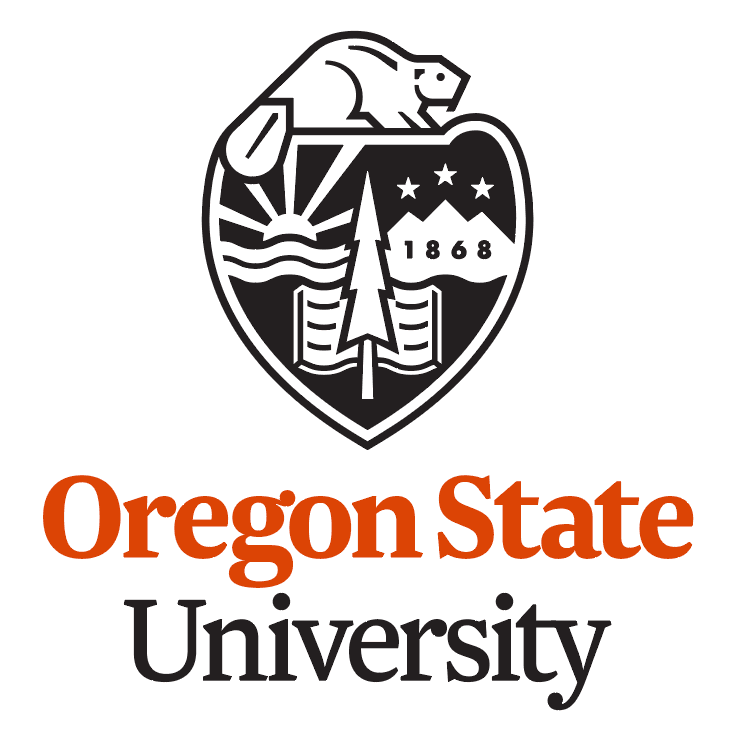

At Oregon State University (OSU), located in Corvallis, Oregon, salary expectations for faculty and staff are determined by several key factors, including role, academic rank, years of experience, and field of expertise. Salaries often vary significantly between disciplines, with fields like engineering and computer science typically commanding higher compensation due to market demand. Additionally, administrative roles may have different pay structures compared to academic positions. While OSU, as a public institution, adheres to state guidelines for transparency, specific salary bands or detailed individual compensation data may not always be publicly accessible. However, aggregate data or ranges for certain positions are often available through state or university reports, reflecting a commitment to accountability in public sector employment.
Salaries at Oregon State University are generally competitive within the context of public universities in the Pacific Northwest, though they may lag behind private institutions or those in high-cost urban areas. As a public university, OSU benchmarks its compensation against state and regional standards, often aligning with collective bargaining agreements for unionized staff and faculty. Salary progression is typically tied to performance reviews, promotions, and external funding, though budget constraints in the public sector can impact raises. For prospective employees, understanding these dynamics is crucial, as compensation reflects both individual qualifications and broader institutional priorities.